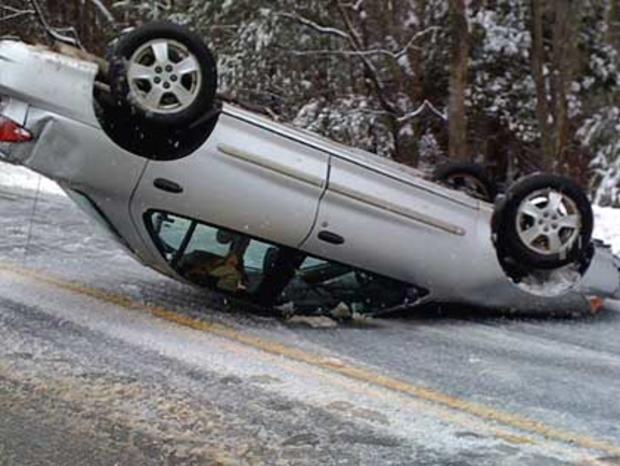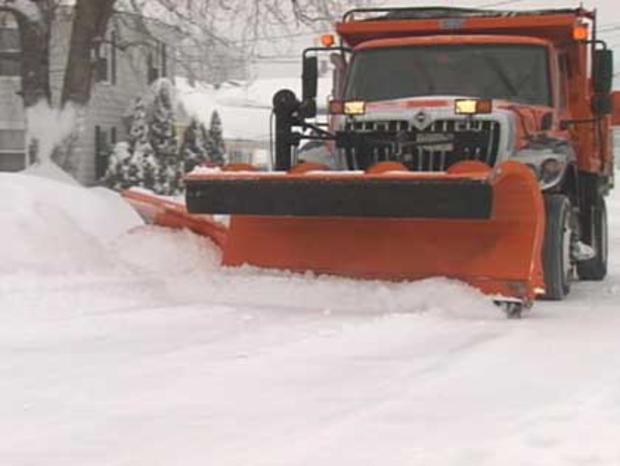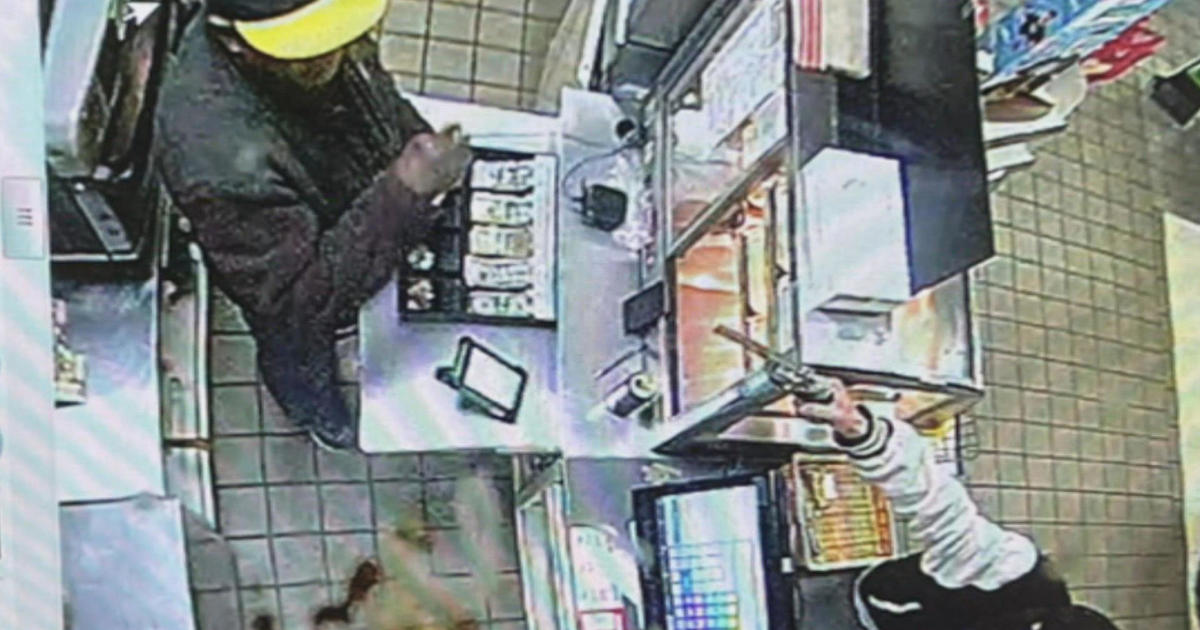Guide To Safe Driving In A Snow Storm
If you haven't done so in a while, driving in the snow can prove to be tricky.The Yarmouth police dept. has provided a list of useful reminders if you have to hit the roads during a winter storm.
Winter Conditions call for different driving tactics, Ice and Snow, Take it Slow - slower speed, slower acceleration, slower steering, and slower braking. Give yourself extra time to reach your destination safely. It's not worth putting yourself and others in a dangerous situation just to be on time.
- Remove all snow and ice from your vehicle, including the roof, before driving
- Drive with your headlights on
- Wear your seat belt
- Drive for conditions. Don't get overconfident with four-wheel drive. It won't help you stop any faster.
- Drivers should allow additional room between their vehicles and others. Winter road conditions often result in longer stopping distances.
- Avoid abrupt actions while steering, braking or accelerating to lessen the chances of losing control of the vehicle.
- Look farther ahead in traffic. Action by other drivers will alert you to problems and give you extra time to react.
- Avoid using cruise control or overdrive. Don't let your car make a bad decision for you.
- Stopping on snow and ice without skidding requires extra time and distance. If you have anti-lock brakes, press the pedal down firmly and hold it. If you don't have anti-lock brakes, gently pump the pedal. Either way, give yourself plenty of room to stop.
Safe Travel around Snowplows
Snowplows are usually spreading anti-icing materials from the back of the truck and may need to stop or take evasive action to avoid stranded vehicles. If you find yourself behind a snowplow, stay behind it or use caution when passing. The road behind a snowplow will be safer to drive on.
- Don't crowd the plow. Snowplows plow far and wide-sometimes very wide.
- Plows turn and exit the road frequently. Give them plenty of room. Stay back at least 15 car lengths (200 feet).
- A snowplow operator's field of vision is restricted. You may see them but they may not see you.





